Question from Erica
What colors and techniques should I use for the beautiful, rich, dark backgrounds – like Sargent’s chiaroscuro look?
Erica’s website: ericapriceartist.com

In the beginning, John Singer Sargent used painting techniques and colors similar to those used by his teacher, Carolus-Duran, the French painter and art teacher. Later on in his life, he developed his own recognisable style.
The painting method taught by Carolus-Duran is as follows:
1. Sketch an under-drawing in charcoal.
2. Outline the drawing with a rigger brush (a round thin brush with long bristles).
3. Do underpainting.
4. Define shapes and lights roughly, without details, using even tones and flesh-colored tints. Do not intermix edges.
5. Apply the necessary number of tones for each chiaroscuro gradation.
6. Leave shadows without much detail.
Sargent’s later painting style developed by working outdoors rather than in a studio.
Working alla prima, he painted shadows thickly. It was different from what classically educated artists used to do – thin shadow and thick light layers.
When he wasn’t satisfied with his results, he often wiped or scraped off the paint to start over again.
In regard to the oil paints that John Singer Sargent used, here is the list of colors as described in Harrington Mann’s book, The Technique of Portrait Painting:
[Modern equivalents are in brackets]
1. Blanc d’ Argent [Permalba White]
2. Pale Chrome [Cadmium Yellow Light]
3. Transparent Gold Ochre [Transparent Gold Ochre]
4. Chinese Vermillion [Cadmium Red Light]
5. Venetian Red
6. Chrome Orange [Cadmium Orange]
7. Burnt Sienna [Burnt Sienna]
8. Raw Umber
9. Garance Fronce [Rose Madder or Perm Alizarin Crimson]
10. Viridian
11. Cobalt Blue
12. Fr Ultramarine Blue
13. Ivory Black
14. Cobalt Violet

– Mars Yellow
– Sienna
– Mars Brown
– Red Lead
– Emerald Green
– Cerulean.
For dark backgrounds he used a mixture of Mars brown with ivory black. As mediums, Sargent used mixes of stand oil and turpentine.
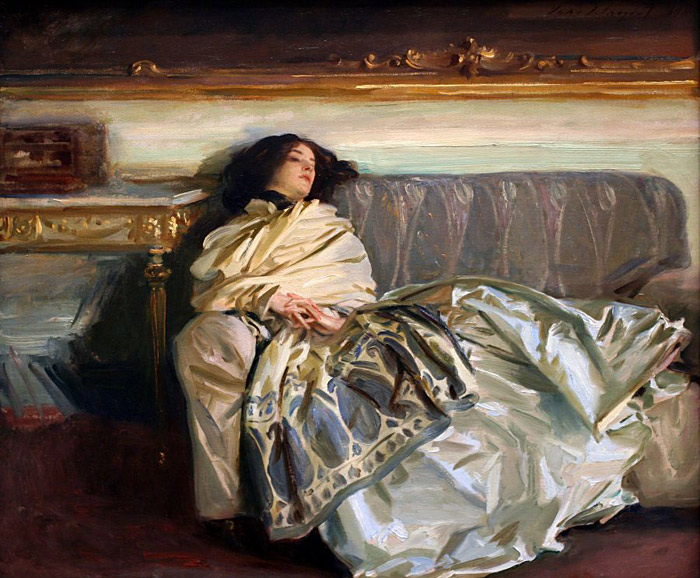
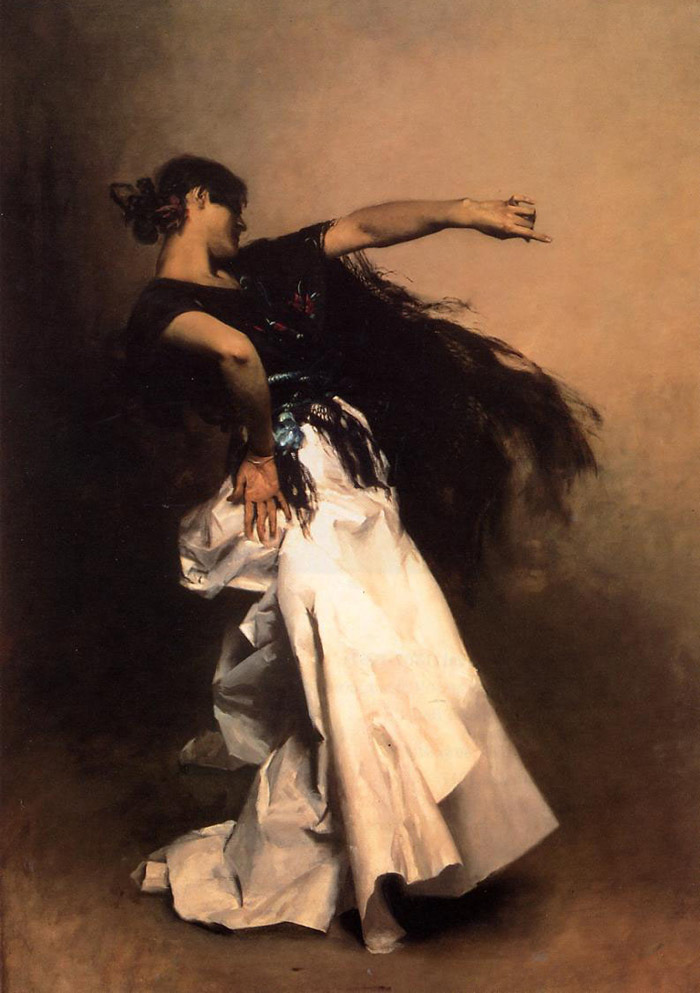
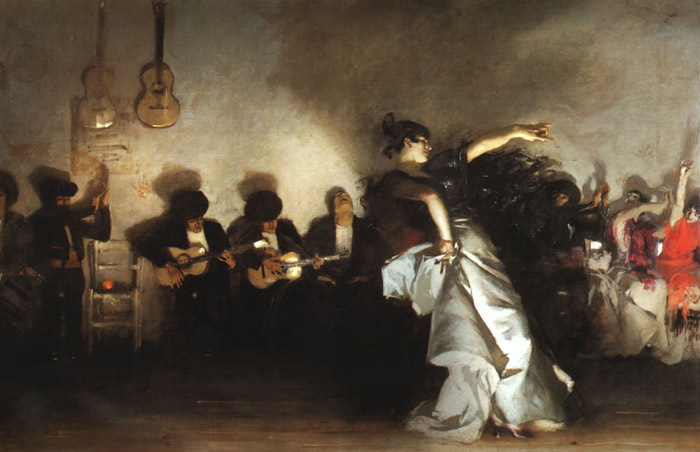
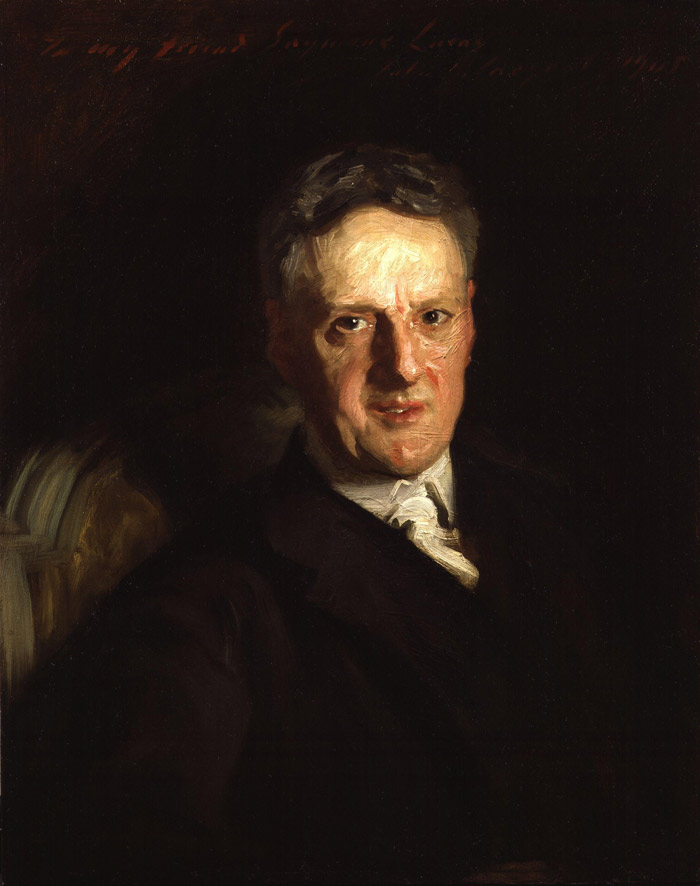
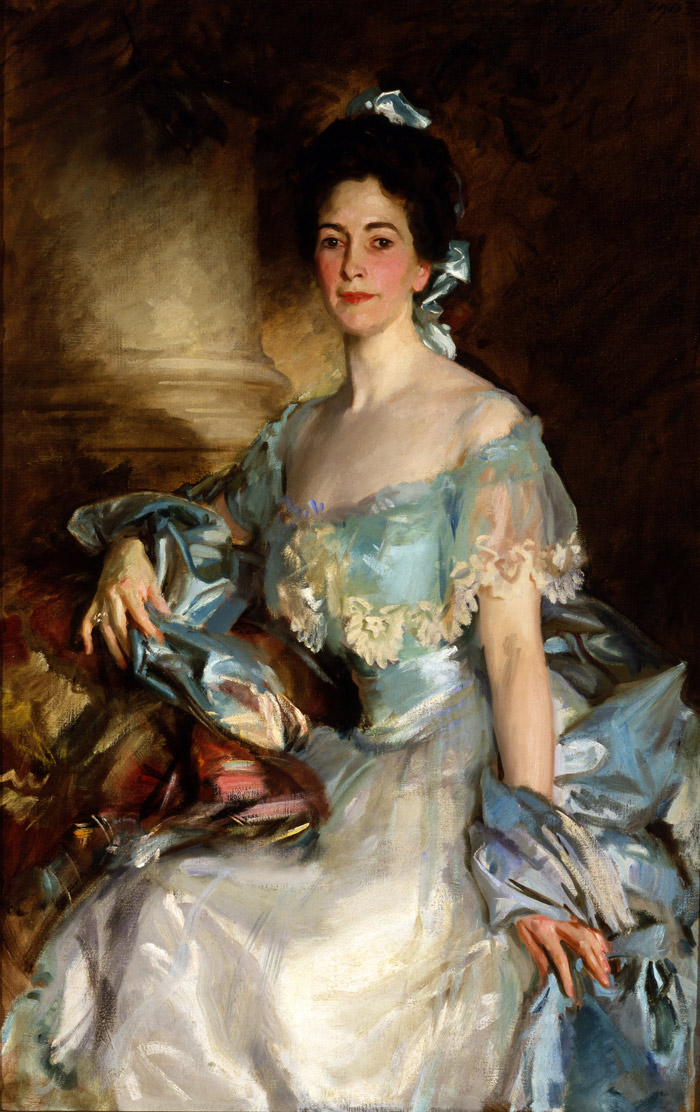
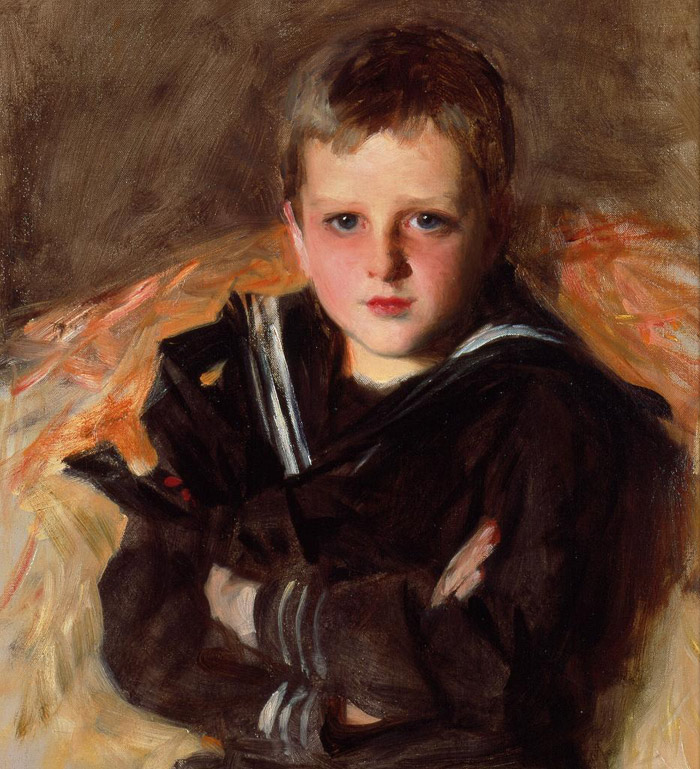
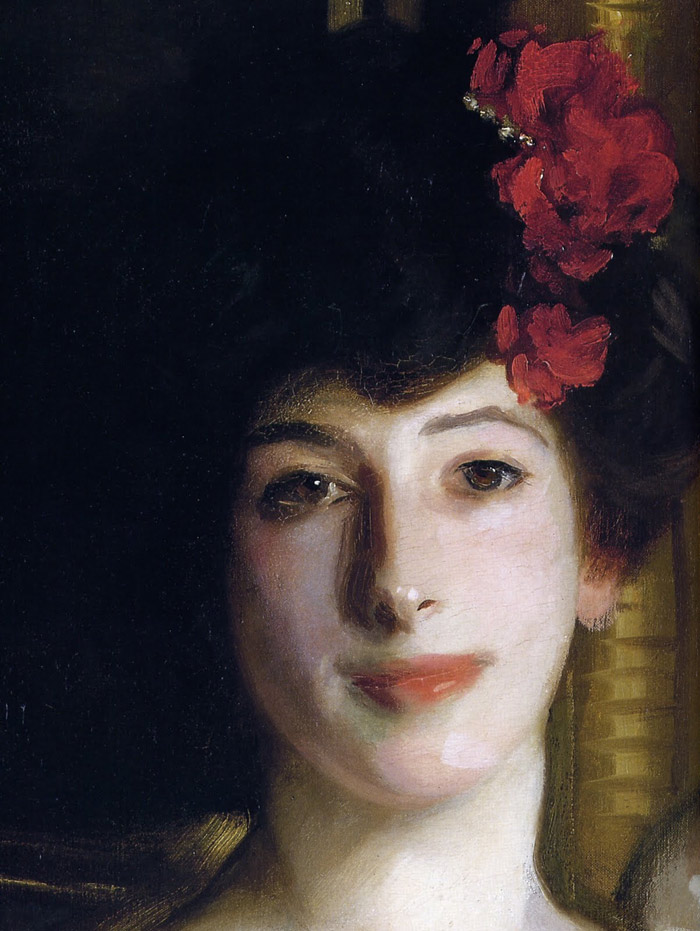
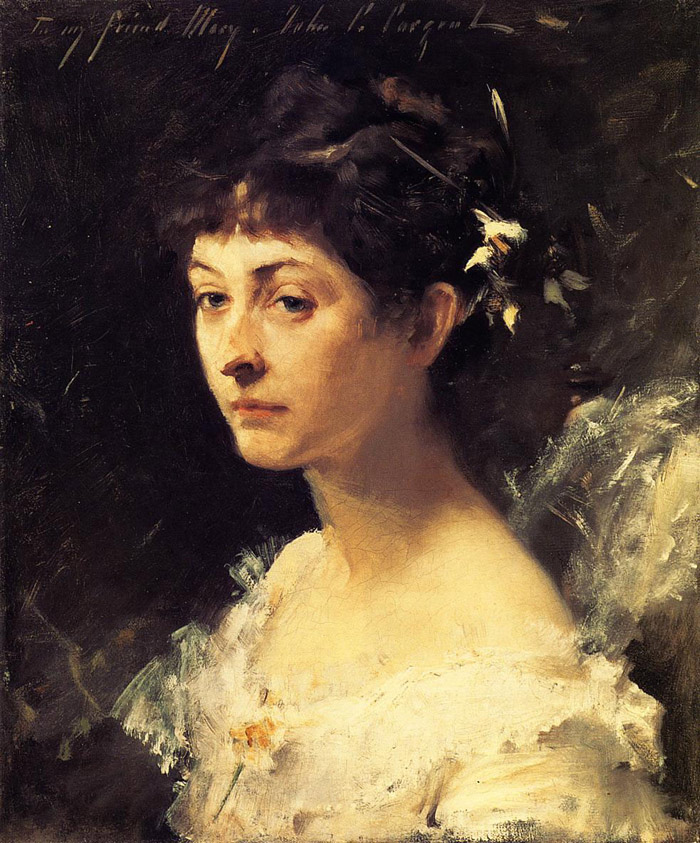

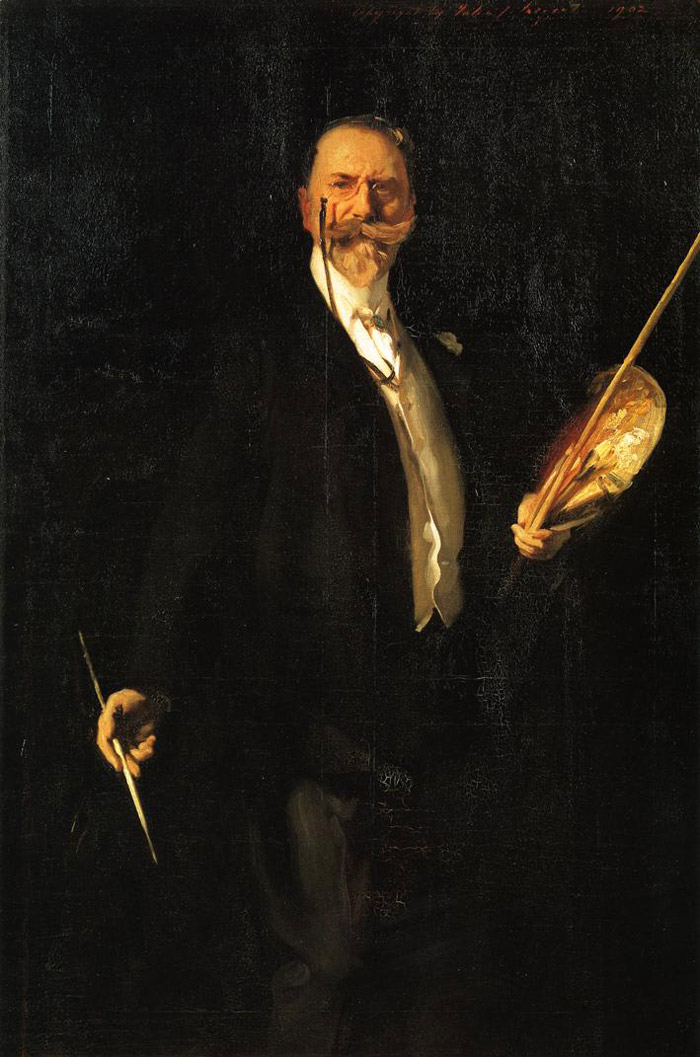

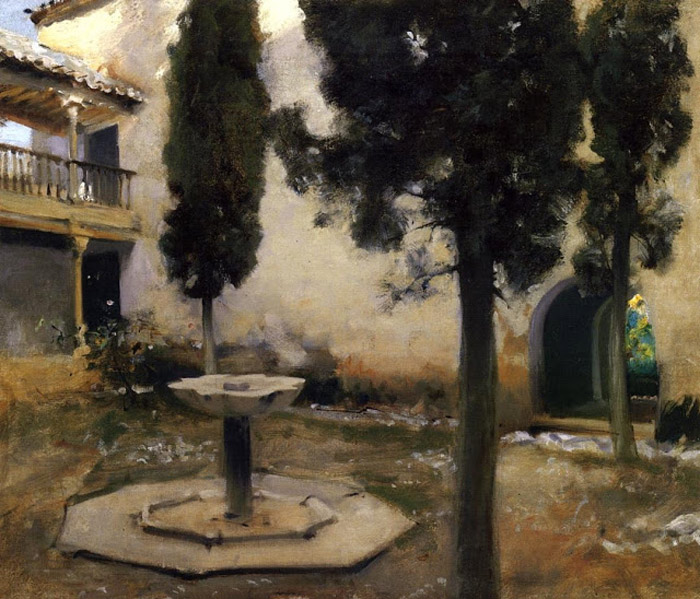
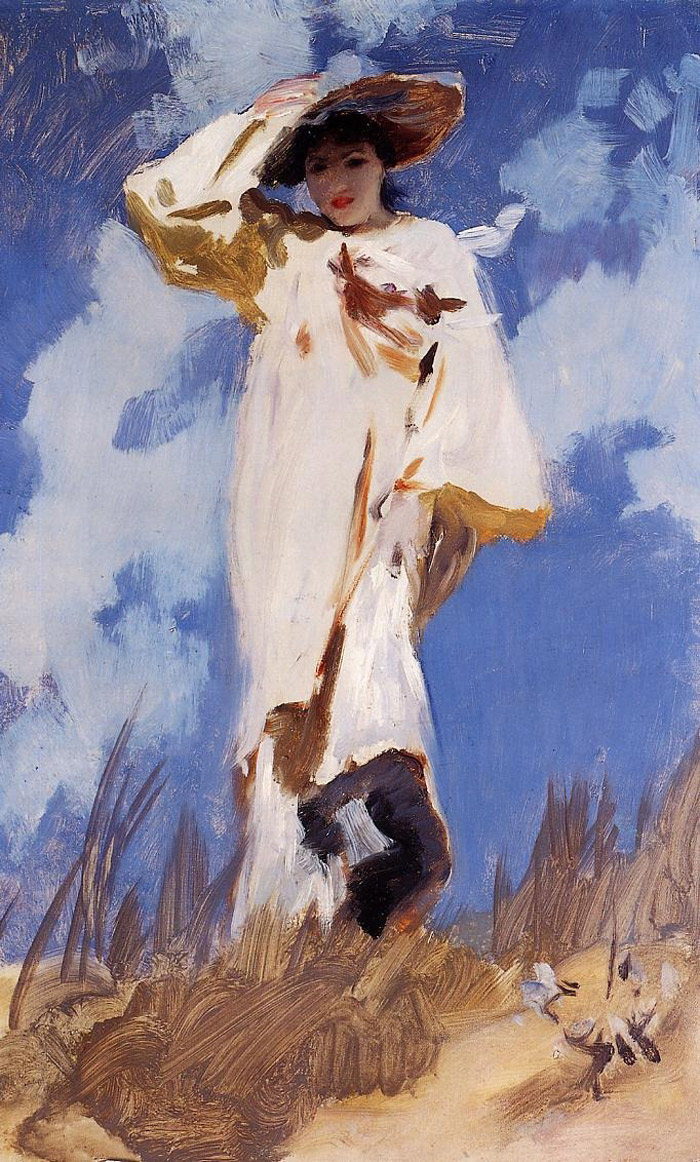
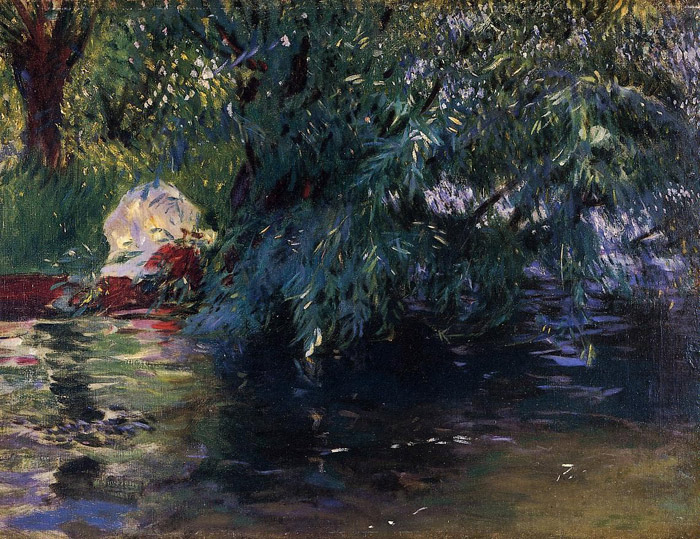
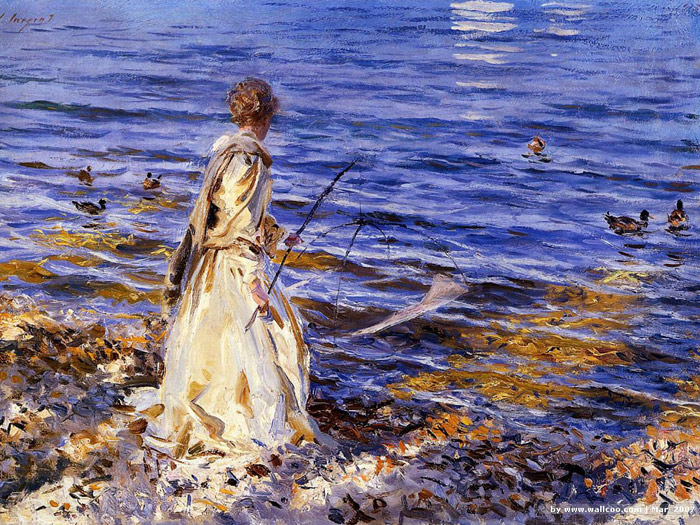
Kind regards,
Vladimir London
Drawing Academy Founder and Tutor

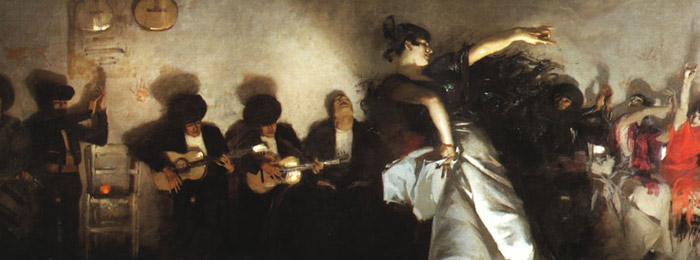




Wow. That was way more thorough than I expected! Thanks so much. Because I’ve always been told not to use black, I’ve usually tried burnt umber, UM blue, and/or alizarin when going for the dark backgrounds. They turn out ok, but just not rich enough. I will try adding some ivory black. When I look at Sargent’s work, it’s usually the backgrounds that amaze me more than anything.
Thanks, again!
Incredible answer. I have been a member for a couple of years now. Your course was excellent and these little bonuses are of great help. I will spend years reading all the material your corse included and I routinely re-watch the videos to reinforce technics.
Thanks
Thank you for asking this question Erica.
Thank you Vladimir for such an elaborate answer.
I am ,like many painters a great admirer of his work. I will try to transcribe to his Spanish dancer one day.
Thank once again.
Sushma